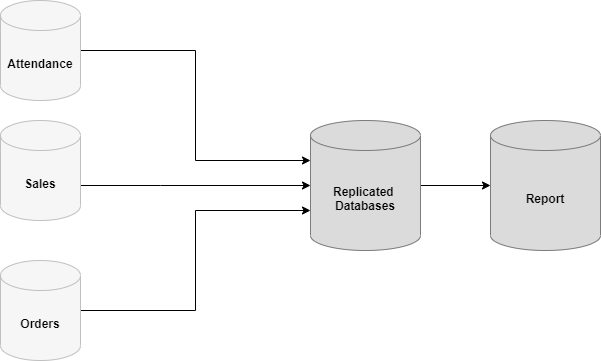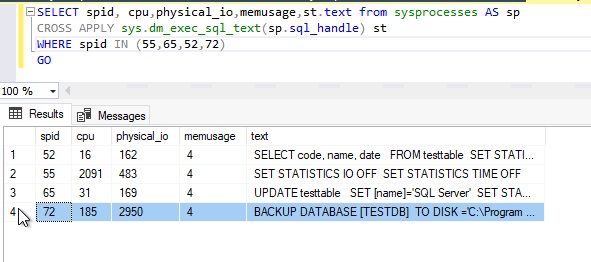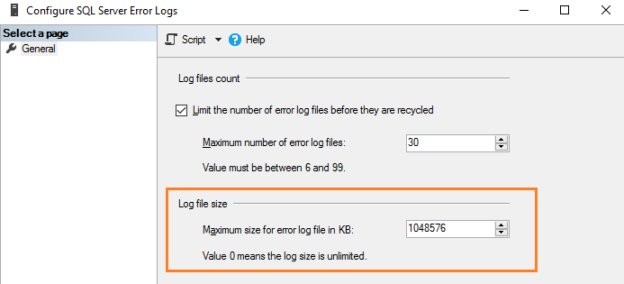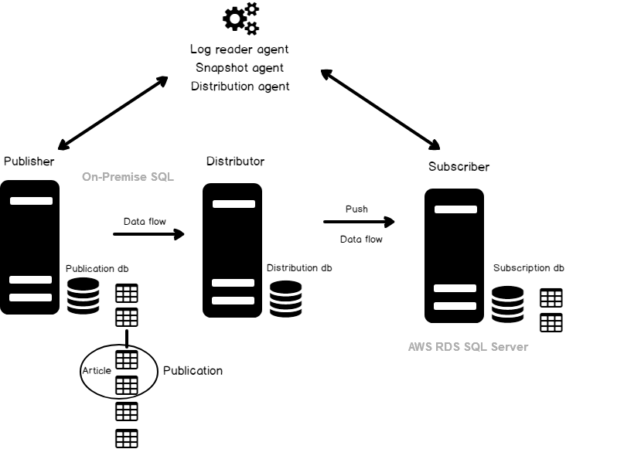In this article, we will learn how to add a SQL database to an existing Alwayson availability group. Alwayson availability group is high availability and disaster recovery solution of Microsoft SQL Server. The database must meet the following prerequisites to be a part of an availability group.
Read more »






























